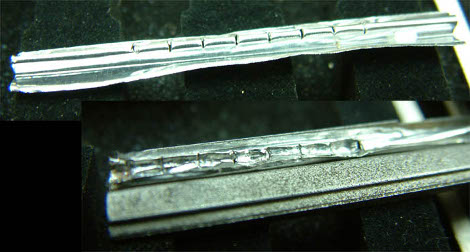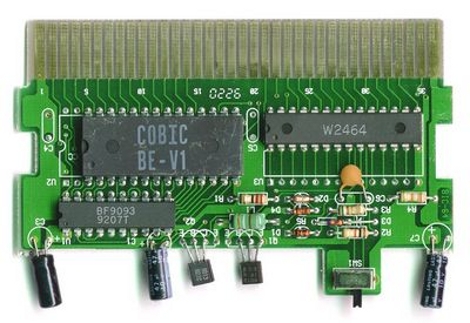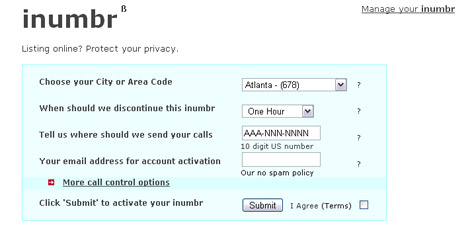
Apparently it’s been around for fifteen years but using foil impressions to pick locks is new to us. This is similar to using bump keys but it works on locks that are supposedly much more secure. This method uses a heavy gauge aluminum foil to grab and hold the pins in the correct place for the lock to be turned. The foil is folded over and slits are cut where each pin will fall. It is then inserted into a lock on a tool shaped like a key blank. Jiggle the tool for a bit and the cylinder will turn. This just reminds us that we’re much more dependent on the good will of our fellow citizens to not steal our stuff, rather than the deterrent that a lock provides.
We’ve embedded a detail and fascinating demonstration of this method after the break. The materials in the video are from a Chinese-made kit. We’re not sure where you find these types of locks, but we don’t feel any less secure since our keys could be obtained from a distance anyway.
Update: Video now embedded after the break. The link is down but you can try the Google Cache version.
Continue reading “Foil Impressioning Defeats Security Locks”
















